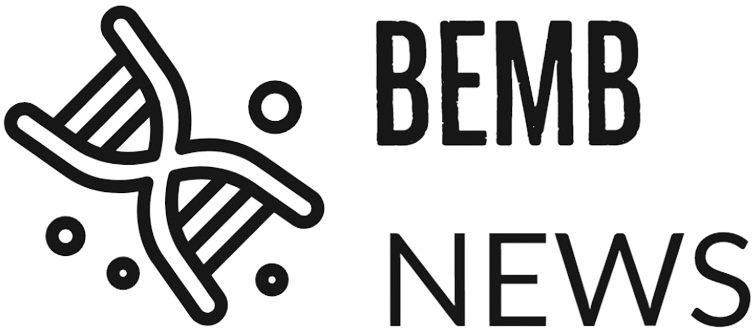In a realm where science fiction meets reality, the field of bioengineering is breaking barriers, potentially transforming the future of healthcare as we know it. At the forefront of these revolutionary developments is the rise of bio-printed organs in the United States. Through advancements in 3D bioprinting technology, we are witnessing the dawn of an era where organ shortages could become a thing of the past.
The Emergence of 3D Bioprinting
Bioprinting, a sub-discipline of bioengineering, employs 3D printing techniques to combine cells, growth factors, and biomaterials to fabricate biomedical parts that maximally imitate natural tissue characteristics. This innovative field has quickly escalated from the fabrication of relatively simple structures, such as medical implants and prosthesis, to the creation of advanced soft tissue structures and organ constructs.
The primary focus is on “bio-printed organs”, which refers to artificially constructed organs that are produced from the cells of the individual who will be receiving them. The term is being used to describe the convergence of cellular science and 3D printing technology.
The Current State of Bio-Printed Organs
Bio-printed organs are not yet commonplace in medical procedures, but the progress that has been made in recent years is astounding. A landmark breakthrough occurred in 2019 when researchers at Tel Aviv University successfully printed the world’s first 3D vascularized engineered heart using a patient’s own cells and biological materials. In the United States, scientists are relentlessly building upon these milestones, developing more intricate and viable organ structures.
The Potential Impact on Healthcare
The implications of bio-printed organs are staggering. Currently, the demand for organ transplants far exceeds the supply, with the American Transplant Foundation reporting that every day, 20 people die waiting for a transplant. Bio-printed organs could drastically change this landscape by:
- Reducing the dependency on organ donations.
- Lowering the risk of organ transplant rejection.
- Shortening the waiting period for organ transplants.
Challenges and Future Directions
Despite the promising potential, bio-printed organs are not without challenges. Scientists face technical hurdles such as replicating the complexity of organ structures, vascularization, and ensuring the biocompatibility and functionality of printed organs. Ethical and regulatory concerns will also need to be addressed as this technology advances.
However, the future is optimistic. With the continuous research and technological advancements taking place, it is projected that bio-printed organs will become a part of mainstream healthcare within the next few decades.
A New Chapter in Medicine
The rise of bio-printed organs in the United States signifies a new chapter in medicine, with the promise to save and improve countless lives. While there are still obstacles to overcome, the trajectory of this pioneering technology is pointed firmly towards a future where organ shortages are a part of medical history. This journey, where we transition from organ donors to organ printers, underscores the transformative potential of bioengineering in revolutionizing healthcare.

